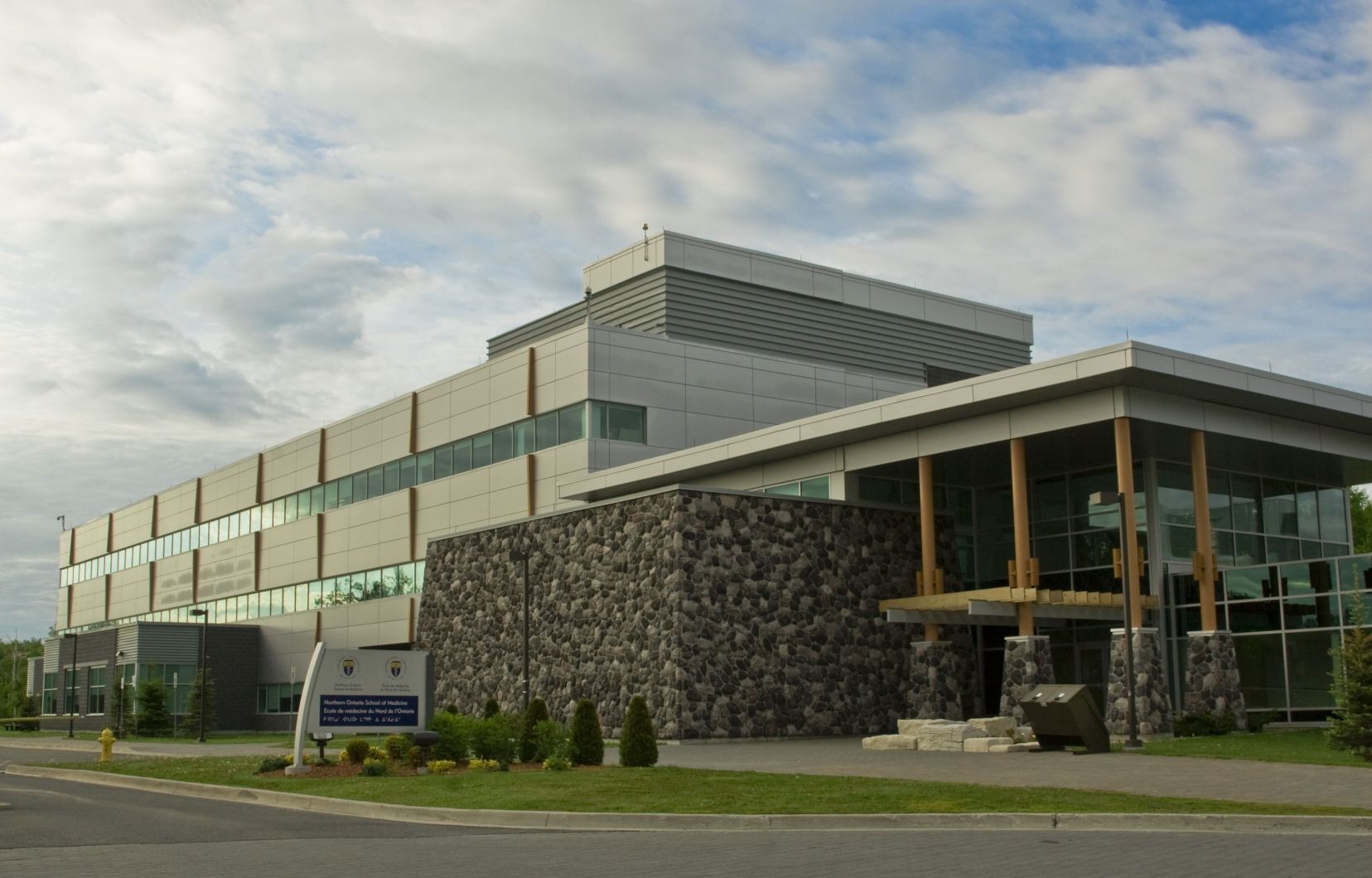To improve access to health care in French, the University of Northern Ontario School of Medicine (NOSM) launched a French-speaking training pilot project last fall. Building on its success, the program, entitled Pathway to Medicine in French, will be “endorsed” in 2024.
Teaching at this university, which has a campus at Laurentian University in Sudbury, as well as Lakehead University in Thunder Bay, is in English.
But since last year, French-speaking students — selected through a separate admissions process — who enroll in the program can participate in French “learning stations,” integrated into the mandatory curriculum. These training courses were previously offered as extracurricular activities, which represented “additional work” for French speakers, says the program manager, D.D Nicole Ranger. However, extracurricular workshops remain offered to “Anglophone or Francophile students”.
Proof of the “need for this training”, 90% of first-year French-speaking students chose the Path to Medicine in French, she rejoices. Around fifteen students registered this year, compared to 19 in 2022.
In addition to “lightening the work burden” of students, this allows them to “develop their skills, increase their confidence in discussing with patients in French, and have appropriate medical terminology to communicate with other colleagues », adds Mme Tidy. “The ultimate objective is to ensure that these students maintain a level of confidence that allows them to provide services that are appropriate and safe for Francophones in Northern Ontario. » If a doctor can conduct “the appointment in French, it is already a relief for the patient”.
Many cities in the north of the province are struggling with a “significant shortage of doctors,” says M.me Ranger, particularly in “rural communities which have very large proportions of French-speaking patients”. “It’s getting very difficult. » When places are filled by English speakers, health personnel, “who sometimes have to act as interpreters,” see their work increased, deplores the family doctor at the Greater Sudbury Community Health Center.
How can we ensure that these young doctors, once trained, will remain in the north of the province? There is no way to guarantee it, retorts Nicole Ranger. But she assures that the admission process targets students “most likely” to practice there. “The vast majority of students come from rural, remote communities,” she explains. They have one background French-speaking, indigenous, etc. »
During their third year, students must spend eight months in a community to gain clinical experience. A first immersion which will be able to determine their “motivation to stay working in Northern Ontario”.
This report is supported by the Local Journalism Initiative, funded by the Government of Canada.
